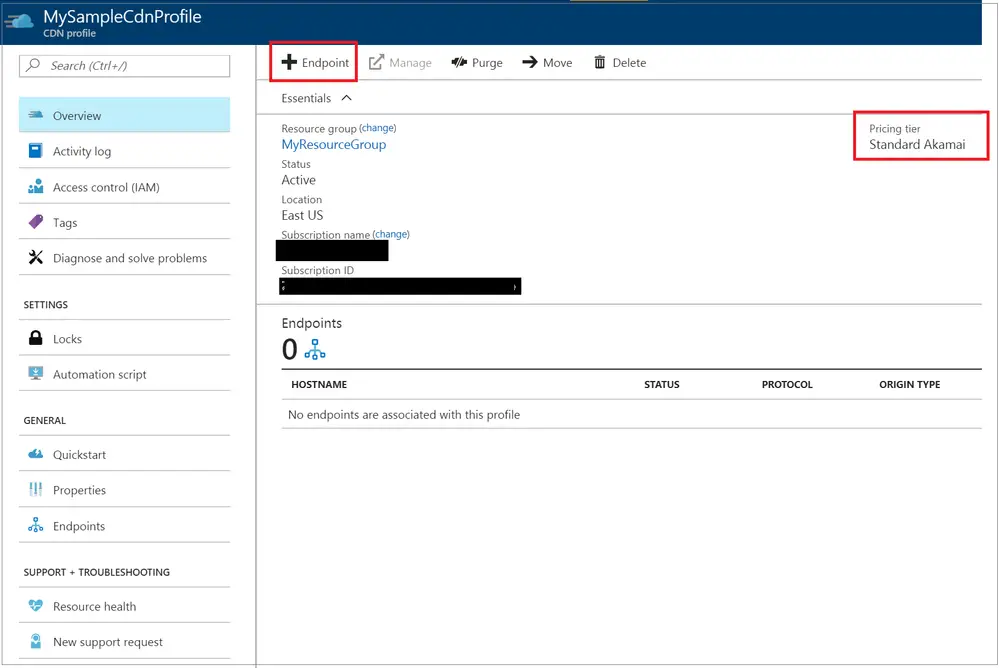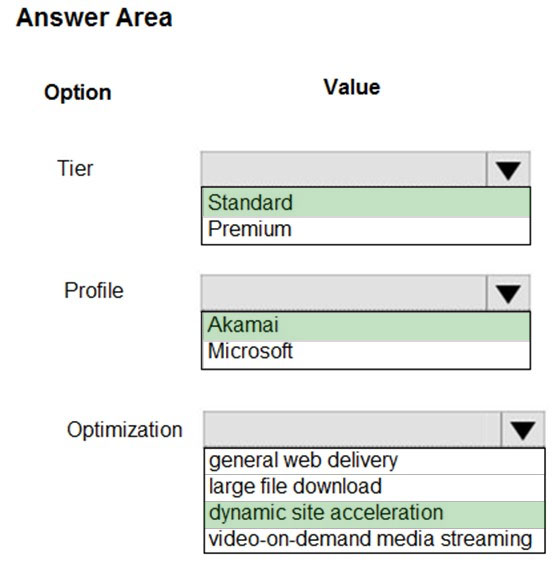Advantages of Dynamic Site Acceleration (DSA) through CDNs
DSA is a technique used by CDNs to optimize the delivery of dynamic content by caching it closer to end-users. This can significantly improve website performance and provide numerous advantages:

1. Reduced Latency:

- DSA caches dynamic content at edge servers located near end-users.
- This reduces the physical distance between the server and the end-user, minimizing latency.
2. Faster Page Loads:
- By serving dynamic content from edge servers, DSA reduces the time it takes to load web pages.
- This improves user experience and engagement, reducing bounce rates.
3. Enhanced Scalability:
- CDNs with DSA capabilities can scale dynamically to meet fluctuating traffic demands.
- This ensures optimal performance even during peak traffic periods.
4. Improved Security:
- CDNs that offer DSA typically provide advanced security features like DDoS protection and SSL encryption.
- This helps protect websites from malicious attacks and data breaches.
5. Optimized Content Delivery:
- DSA enables CDNs to analyze user behavior and deliver content tailored to their location, device, and preferences.
- This optimizes the delivery of dynamic content, such as personalized ads, localized content, and user-generated content.
6. Cost Savings:
- DSA reduces the load on origin servers, freeing up resources and potentially lowering infrastructure costs.
- It also optimizes bandwidth usage, saving on data transfer expenses.
7. Improved SEO Rankings:
- Fast loading websites rank higher in search engine results pages (SERPs).
- DSA improves website performance, which can lead to better SEO rankings.
8. Enhanced User Experience:
- DSA provides a seamless and responsive user experience by delivering dynamic content quickly and efficiently.
- This improves customer satisfaction and increases the likelihood of conversions.
9. Cross-Origin Resource Sharing (CORS) Support:
- DSA supports CORS, allowing websites to fetch dynamic content from different origins.
- This enables seamless integration with third-party services and APIs.
10. Real-Time Updates:
- DSA allows edge servers to cache and serve updates to dynamic content in real-time.
- This ensures that users always have access to the most recent version of content, regardless of their location.## The Advantages Of Dynamic Site Acceleration (DSA) Through CDNs
Executive Summary
Dynamic Site Acceleration (DSA) through Content Delivery Networks (CDNs) offers a range of benefits for businesses looking to enhance the performance and user experience of their websites. By leveraging globally distributed servers, DSA optimizes content delivery, reduces latency, and improves website responsiveness, leading to increased conversion rates, customer satisfaction, and overall business growth.
Introduction
In today’s fast-paced digital landscape, website performance is crucial for business success. With users expecting seamless and lightning-fast browsing experiences, businesses need to find innovative ways to deliver content efficiently. Dynamic Site Acceleration through CDNs offers a powerful solution, enabling businesses to provide exceptional website performance that meets the demands of modern users.
FAQs
1. What is Dynamic Site Acceleration (DSA)?
DSA is a technique that uses a CDN to optimize the delivery of website content based on user location, device type, and network conditions. By dynamically adjusting the content and serving it from the nearest CDN server, DSA reduces latency and improves website responsiveness.
2. How can CDNs improve website performance?
CDNs store cached copies of website content across a global network of servers. When a user accesses a website, the CDN serves the content from the server closest to the user’s location, reducing the distance that data has to travel and minimizing latency.
3. How can DSA help businesses?
DSA delivers numerous benefits to businesses, including:
- Increased website speed and responsiveness
- Reduced bounce rates and improved conversion rates
- Enhanced user experience and satisfaction
- Improved SEO rankings and search visibility
- Scalability to handle increased traffic and peak loads
Subtopics
Content Optimization
- Caching: Storing frequently accessed content on CDN servers to reduce the number of requests to the origin server.
- Minification: Removing unnecessary characters from code and content to reduce file sizes and improve loading speeds.
- Image optimization: Compressing and optimizing images to reduce their size without sacrificing quality.
- Content compression: Using algorithms to reduce the size of content while maintaining its integrity.
Delivery Optimization
- Load balancing: Distributing traffic across multiple servers to prevent overloads and ensure consistent website performance.
- Routing optimization: Determining the optimal path for content delivery based on network conditions and server availability.
- DNS optimization: Utilizing DNS techniques to improve DNS resolution times and reduce latency.
- TCP optimization: Using TCP optimizations to improve the efficiency of data transfer between the CDN and the user’s device.
Security Enhancements
- SSL/TLS encryption: Protecting data in transit between the CDN and the user’s device.
- DDoS mitigation: Using CDNs to absorb and mitigate distributed denial-of-service (DDoS) attacks.
- Firewall protection: Utilizing firewalls to block unauthorized access and protect against malicious attacks.
- Content filtering: Preventing malicious or inappropriate content from being delivered to users.
Monitoring and Analytics
- Real-time monitoring: Tracking and analyzing CDN performance to identify and resolve performance issues.
- Detailed reporting: Providing detailed insights into CDN performance, traffic patterns, and user behavior.
- Error tracking: Identifying and fixing errors that may impact website performance.
- Performance tuning: Optimizing CDN configuration and settings to achieve peak performance.
Cost Optimization
- Reduced bandwidth costs: Utilizing CDNs can reduce bandwidth consumption by caching content and delivering it from nearby servers.
- Pay-as-you-grow pricing: Many CDNs offer flexible pricing models that scale with traffic volume, allowing businesses to avoid overpaying for unused capacity.
- Improved resource utilization: CDNs can free up resources on the origin server, allowing it to focus on core business functions.
- Increased return on investment: The benefits of DSA, such as improved website performance and increased conversions, often outweigh the costs.
Conclusion
Dynamic Site Acceleration through CDNs is a powerful tool that provides numerous advantages for businesses. By optimizing content delivery, improving website performance, and enhancing user experience, DSA can help businesses drive growth, increase revenue, and maintain a competitive edge in the digital marketplace. With the right CDN provider and a comprehensive DSA strategy, businesses can unlock the full potential of their websites and deliver exceptional experiences to their customers.
Keyword Tags
- Dynamic Site Acceleration
- Content Delivery Networks (CDNs)
- Website Performance Optimization
- User Experience Improvement
- Content Delivery Optimization

